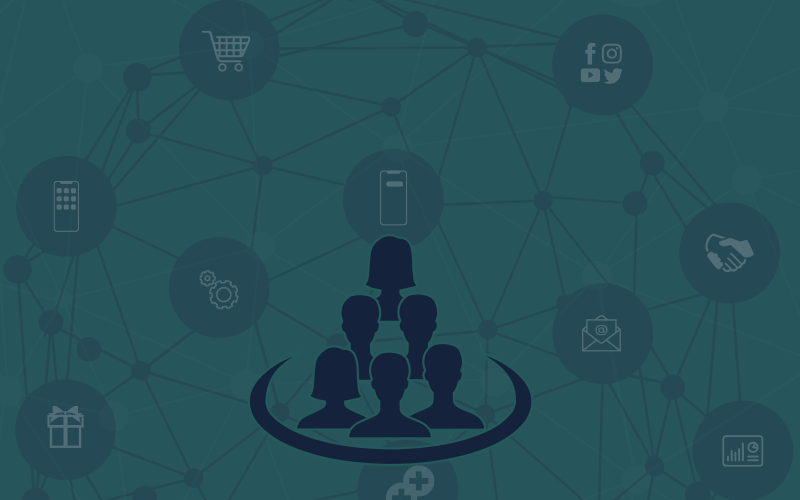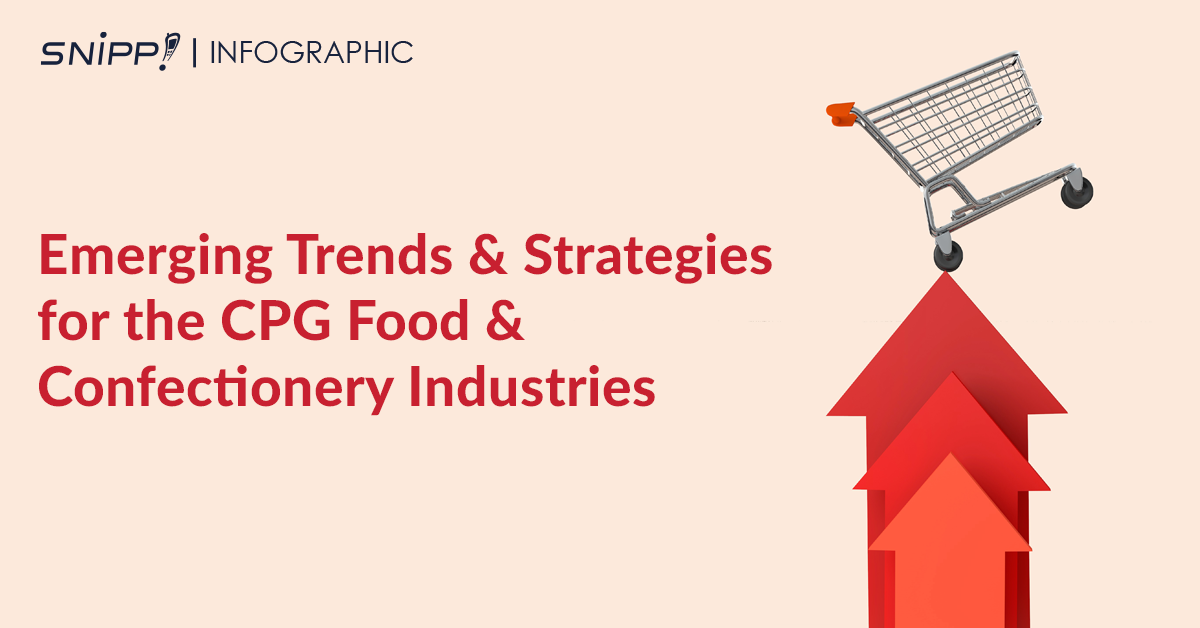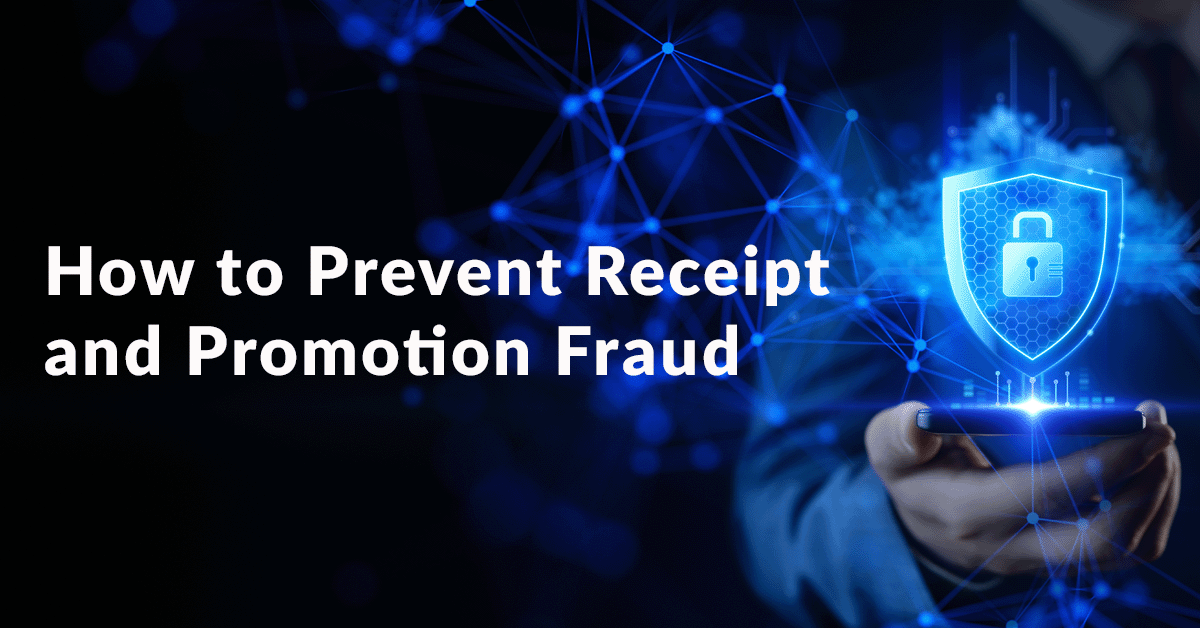It’s a well-known fact that retaining existing customers is much cheaper than acquiring new ones. But after a year of lockdowns and slowdowns, the usual benchmarks for customer satisfaction don’t measure up anymore. In fact, it’s safe to say that the COVID-19 pandemic has changed the way we behave as individuals and as consumers -- the implications of which are still unfolding. Over the past year, as in-person retailing took a pause, digital shopping gained serious ground, accelerating by roughly five years from pre-pandemic forecasts. Worsening economic conditions and panic-buying also led to frequent product shortages, causing consumers to be more willing to try substitutions for better deals and better prices. As many as 65% of US consumers said they have tried new brands after sheltering in place became the norm.
Now, more than ever, effective customer retention strategies have become crucial for brands. But building customer loyalty in a COVID world is not just about offering reward points and promotions – it’s also the effort a brand shows in meaningfully addressing customer needs, eliminating friction points and adding value to interactions across every channel. Here’s some retention strategies to consider this year to avoid churn and burn:
Make Mobile The Focus:
While multi-channel engagement is important for providing more opportunities for consumers to connect with a brand, not all brands have the budget or resources to optimize all channels – especially now. With digital shopping skyrocketing, a strong focus on mobile will open up huge opportunities to keep customers engaged. As a direct result of the pandemic, 70% of internet users worldwide are using their mobile phones more than ever before, with much of that increased time spent on social media. Mobile ad engagement has also increased by 15% making social a key player for retail sales. Brands are taking notice, and mobile advertising spend increased globally by 71% in the second quarter of 2020.
- Retail behemoth Williams Sonoma expertly tapped into a digital first strategy during the pandemic, marrying social media tools like Instagram with the convenience of online shopping. All posts were optimized for the mobile experience by making them instantly ‘shoppable’. As a testament to their efforts, E-commerce took a record-breaking 70% share of the company’s overall business and the company now plans to shift much of its capital spending to digital, from about half to 85%.
Go Beyond an Earn and Burn Mindset:
Rewards are the whole reason customers participate in a customer loyalty program. But rewards that attract and retain customers in these times of high economic anxiety go beyond just price discounting. Some brands are offering members grace by allowing additional flexibility in their redemption options, e.g. policy amendments to accommodate members, or points converted to food delivery, groceries, charitable giving and even at-home entertainment. These offers show a level of understanding towards their customers that can reflect positively on a brand or retailer. As examples:
- Marriott Hotel extended their rewards points expiration and altered their cancellation policy after understanding their audience’s travel plans had likely changed due to the pandemic. A strategy like this can have long term positive effects as consumers remember the efforts made to make things easier on them.
- During the UK lockdown, Vodafone adapted its rewards program to offer online rewards with a focus on learning new skills via free online courses and digital books. The company also gave members the option to gift their rewards to friends and family.
- Organic beauty brand 100% PURE tweaked its existing loyalty program to put more emphasis on “compassion and empathy.” Members can now donate a $5 bottle of hand sanitizer spray to those in need and receive extra loyalty points. This makes customers more willing to donate, and it also increases the amount that’s spent during each transaction.
Know Thy Customer – and Let Them Know It:
With all the channel switching over the past year, it’s more important than ever for retailers to seamlessly recognize and reward customers across all platforms. That involves Data, and lots of it. Brands and retailers need to have tools and processes in place to collect customer information across all touchpoints, identify purchase patterns on all channels, and analyze huge volumes of complex data to create usable customer profiles. Only then can marketing be effectively segmented and personalized to “surprise and delight” customers – which can make all the difference. In a customer survey by BCG-Google, respondents were 110% more likely to add additional items to their baskets and 40% more likely to spend more than they had planned if the shopping experience was highly personalized.
- McDonald's is investing heavily in collecting customer data via a new loyalty program called MyMcDonald's. The program will offer personalized order suggestions and deals at the chain's kiosks, mobile app and digital menu boards at the drive-thru. The more customers engage with the program, the more customized these suggestions will become and more targeted the rewards offered.
Eliminate Pain Points for Loyal Customers:
Research shows that when loyal customers encounter service failures, they get more upset than regular customers. With pandemic-fueled increases in online shopping, such service failures are more widespread and are seen to cause significant damage to customer relationships and future loyalty. A U.S. retail consumer survey in 2020 showed that members of customer loyalty programs not only experienced more service friction than other shoppers but were more likely to struggle to have their issues resolved. Loyalty program perks can sometimes temper dissatisfaction in the face of such service failures, but there is a direct link between the bottlenecks a customer experiences and their eventual loyalty to a business. Make the entire chain of interaction as seamless as possible and customers will appreciate the convenience and value to their lives.
- Starbucks’ loyalty program is as successful as it is because of the seamlessness of its app experience. Customers can order ahead, redeem rewards, send gift cards, find out their balance, and pay – all with minimal movement within the app.
Tap into Tech to Provide Value-Added Services.
For home-bound shoppers unable to physically experiment with a product before buying, tech tools like Augmented Reality (AR) can introduce a customer to new or untapped product features, or new ways to utilize products for greater value. AR applications have been on the rise with virtual “try-before-you-buy” experiences that can help retain customers who might previously have held off on purchasing online. These can include previewing furniture and products at home with everyday brands like IKEA, to virtually trying on luxury fashion such as Louis Vuitton and Gucci. Once dismissed as ‘gimmicky’, AR is now solving real pain points for customers, especially amid the pandemic. In fact, e-commerce company Shopify recently released data showing that interactions with products having AR content showed a 94% higher conversion rate than products without AR. These kinds of value-added interactions can increase the probability that a customer would stay when presented with an opportunity to switch by 82%; with 86% likelihood of increased wallet share.
- For example, jewelry brand Kendra Scott introduced an AR tool for customers to virtually try-on different earring styles directly on their ears before making a purchase.
- Beauty brand Ulta’s virtual try-on beauty tool, GLAMlab, uses AR to help customers digitally test out thousands of beauty products. The tool has seen a surge in usage since the pandemic, with engagement having increased seven-fold.
Whether brands choose to invest in comprehensive customer loyalty programs or individual promotions/campaigns to engage and retain their customers, there’s no doubt that digital technology will have a part to play in their efforts. According to Gartner research, 87% of corporate directors deemed technology as having a transformational role in addressing their strategic business priorities going forward, and a majority anticipated a 6.9% increase in their current IT budgets as a result of the pandemic-facilitated digital acceleration. Solutions such as the Snipp Customer Acquisition Retention and Engagement (C.A.R.E.) Platform Loyalty program software can help brands address the full range of their customer data requirements, from Segmentation to Profiling to Personalization, built on industry leading machine learning and AI.
Click here to learn more about our end-to-end, real-time multichannel customer loyalty program software to drive customer acquisition, engagement and retention.





